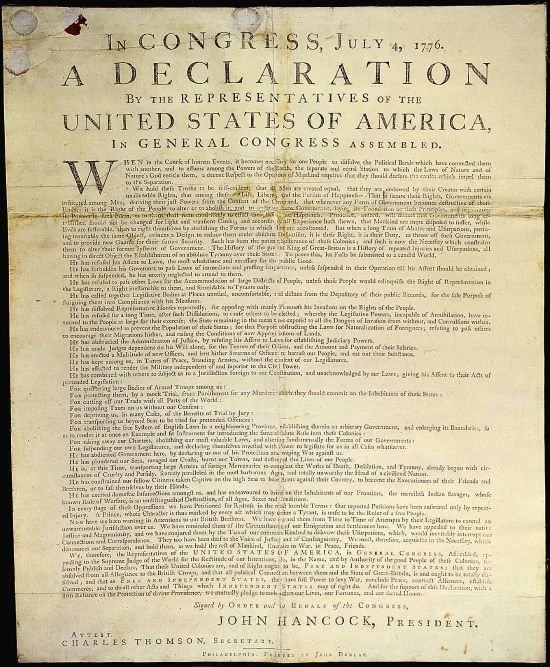Having set forth the orthodox teaching, the Synod rejects the errors of those:
Who teach that God the Father appointed his Son to death on the cross without a fixed and definite plan to save anyone by name, so that the necessity, usefulness, and worth of what Christ’s death obtained could have stood intact and altogether perfect, complete and whole, even if the redemption that was obtained had never in actual fact been applied to any individual.
For this assertion is an insult to the wisdom of God the Father and to the merit of Jesus Christ, and it is contrary to Scripture. For the Savior speaks as follows: “I lay down my life for the sheep, and I know them” (John 10:15, 27). And Isaiah the prophet says concerning the Savior: “When he shall make himself an offering for sin, he shall see his offspring, he shall prolong his days, and the will of Jehovah shall prosper in his hand” (Isa. 53:10). Finally, this undermines the article of the creed in which we confess what we believe concerning the church.
_________________________________
In rejecting the Arminian errors regarding the death of Christ, the authors of the Canons now turn to the weakest point in the so-called “universal atonement” position. In the Arminian scheme of redemption, the death of Christ does not actually save any of those for whom Christ is said to have died. What many regard as the strength of the Arminian view–its universalism and emphasis upon the assertion that “Christ died for all” without exception–is seen by the Reformed not as a strength, but as a serious departure from biblical teaching. Yes, the Scriptures teach that Christ died for all those given him by the father. The Scriptures do not teach that Jesus’s death makes the entire world potentially “saveable” if only sinners do what is required of them.
Exposing this error is what the authors of the Canons are getting at when they state the error in view is the Arminian notion that God supposedly appointed Christ to die for sinners, yet without any fixed or definite plan to save any one particular sinner by name. Under the Arminian conception of salvation, the death of Christ is said to be “for all,” because the atonement only makes the entire world “savable” upon the condition of faith in Christ. But notice, this means that the death of Christ does not actually save anyone. The atonement is said to be “for all” because it can potentially save all. In fact, as the Arminian understands fallen human nature and prevenient grace (to be discussed in part two), all can potentially believe, despite the fall of Adam.
Under this conception, the death of Christ actually saves no one, nor does it secure anything for our salvation, until such time as it is “appropriated” or “applied” by the sinner to themselves through the means of faith. This is a very important point. This gets to the heart of what many Reformed theologians have pointed out as the most distinguishing characteristic of the Reformed understanding of the plan of redemption, and that which sets the Reformed conception of salvation apart from all other branches of the Christian family. According to B. B. Warfield, “the saving operations of God are directed in every case immediately to the individuals who are being saved. Particularism in the process of salvation becomes the mark of Calvinism” [Warfield, Plan of Salvation, 87].
To read the rest follow the link below
Read More














